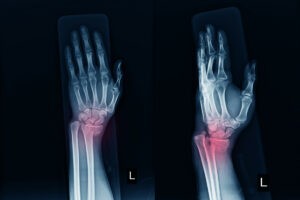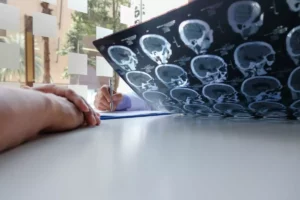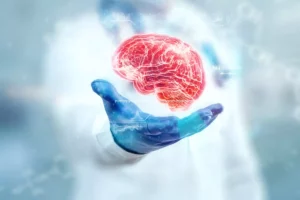

View Topics

Everyone has had problems with pain in different parts of the body at least once. Pain in the abdomen, lower back, or back always brings discomfort. One of the most disturbing and unpleasant is knee pain. It can start bothering you right away, or it can be a nagging pain. In any case, you get…

For every person, hands are an important part of the body. Thanks to them, we can perform certain actions. Unpleasant sensations, pain, and discomfort are the consequences of an arm injury. A fracture of the wrist’s radius bone is very serious. When this happens, the use of the hand is minimized. Usually, doctors apply a…

Everyone wants to be healthy and live a long life. Sometimes, we face obstacles that challenge our health. Everything related to health has serious consequences. One of the most common diseases that affects a person’s vitality is Guillain Barre syndrome. This is a severe condition that is becoming more and more evident every day. This…

Adequate rest is a key aspect of psychological and physical health. The minimum amount of sleep needed for brain function varies by age. This is essential across the lifespan. The brain consolidates memories. Also, it processes information during sleep. The human brain clears out toxins. They are generally accumulated during waking hours. Insufficient sleep has…

Neurology is the field dedicated to the nervous system. It is embracing a new era of remote care: telemedicine. This technology allows neurologists to connect with patients virtually. It offers a wealth of possibilities. Telemedicine in neurology goes beyond simple consultations. It encompasses video conferencing, remote patient monitoring, and specialized software. They all work together…

Identifying the early symptoms of dementia and Alzheimer’s is crucial. It helps with timely intervention and care. One of the subtle yet significant indicators of these conditions is vision changes. Many attribute vision problems to aging. It’s important to distinguish between regular age-related changes. Individuals also must identify signs that may indicate cognitive decline. Alzheimer’s…

There are many autoimmune illnesses of the nervous system (NS). This includes the brain and spinal cord, but one of the most widespread is multiple sclerosis (MS). This is a chronic illness. The immune system mistakenly attacks the protective sheath (myelin). It characterizes MS. The disease can cause the nerves to deteriorate. They also may…

A person is created to live and enjoy moments. When difficult times arise, you need the strength to overcome them. People are often born with disabilities, not acquired, and it is essential to think about your condition. Despite general and health problems, you can live life to the fullest and enjoy the moment. Life with…

Our brains are the marvels that control everything we do, from thinking and feeling to walking and talking. But these delicate organs are susceptible to injury. And even seemingly minor bumps to the head can have lasting consequences. This article delves into the impact of head injuries on brain health. It explores the different ways…

Chronic pain, a persistent torment affecting millions, can baffle traditional treatments. But a glimmer of hope lies in the intricate world of neurological pathways. These pathways act like information highways. They carry pain signals from your body to your brain. In chronic pain, these highways become distorted. They amplify even minor sensations into excruciating experiences….